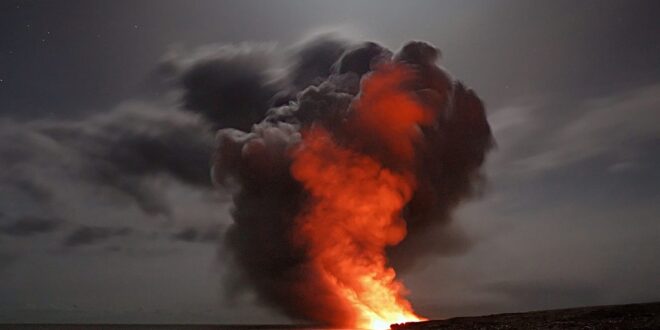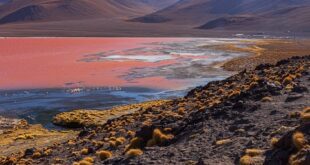Unveiling the Mystery of Volcanoes: Top 10 Facts You Need to Know
Introduction
Volcanoes are a striking wonder and one of the most thrilling natural phenomena to witness. Oftentimes known as the “angry mountains,” volcanic eruptions come with all sorts of risks and hazards, such as the molten waves of lava, toxic gas, ashfall, and other deadly debris. Educating yourself with the volcano’s essential insights is crucial to appreciate the destructive power and natural beauty that each of these land formations possesses.
1. What are Volcanoes?
Volcanoes are mountains on the ground commonly known as vents that release scorching gases, molten lava, steam, ash, and rocks amidst geological activities.
2. What Causes Volcanoes?
Volcanoes are fueled by the movements of Earth’s crustal plates, rising mounds of magma compositions, and small collisions of continents.
3. Type of Volcanoes
Volcanoes come in three different types: explosive, effusive, and dormant. Expansive volcanoes are the most dangerous form when they explode. Effusive-type volcanoes gently discharge lava molten, while dormant volcanoes were just asleep most of the time, but they can wake up any time
4. Volcano Eruptions
Volcano eruptions come in different ranges and types from a mere trickle of ash to devastating explosions impacting entire cities. Submarine or undersea volcano releases lava and gasses under saltwater.
5. Volcanoes are Beneficial
The lava discharged the fertilization of soil around the vicinity of the volcano or other places downstream, which is helpful for agriculture.
6. Volcanic Ash and Health
Inhaling and direct contact of ash with the human skin and the eyes may lead to harmful effects such as irritations, ash fall accumulations cause various weight for the top soil which requires rethinking and analysis.
7. Geological Remote Sensing Supplemental Studies
Roughly a third of the world’s volcano are underwater, and that’s where geologic remote sensing supplements with the help of the echo-sounding procedure or calibrated sounding devices that measure the sea depth, which detects sunken volcanoes ash or lava flows inducted in the sediments below.
8. Common Volcano Myths
Throughout time, volcano myths have been saved in different cultures, including the Hawaiians, Maoris, and Japanese, these stories have taken heights, width, and depth in folklore, books, movies, and other pop cultural references. A lot of these myths have a sliver of truth, one of the significant misconceptions that impact the people’s lives is that the residents close to the volcano think that its valleys, shores, and surrounding areas are safe zones, which is false.
9. Supervolcanoes Exist
Yellowstone Supervolcano in Montana and Wyoming, USA, 500 miles northwest of San Francisco, up to two-thirds of the land will be severely impacted by most forms of disaster.
10. Volcano Monitoring and Preparedness
Inquire about ash plans and other preparations to enhance the safety of an emergency before crossing the roads ultimately when residents asking about accepting on reconstructions efforts. Various public volcanic observation sources websites actively scan and monitor the world and exchange information frequently that allows people to properly monitor and prepare to respond.
Conclusion
Volcanoes are a part of playing at being interested creature of distinct geological traditions. They have to release formation and a continuous cycle of combustion, wakefulness, oblivion, and extension indifferently. It’s essential profoundly to understand volcanoes’ dynamics, history, and how Society can indeed team up with science to utilize that knowledge in emergency preparedness, disaster prevention, analysis of natural phenomena and hazards, and uplift our aspirations to greater awe and respect of the Nature suzerain.
 Mind Uncharted Explore. Discover. Learn.
Mind Uncharted Explore. Discover. Learn.




